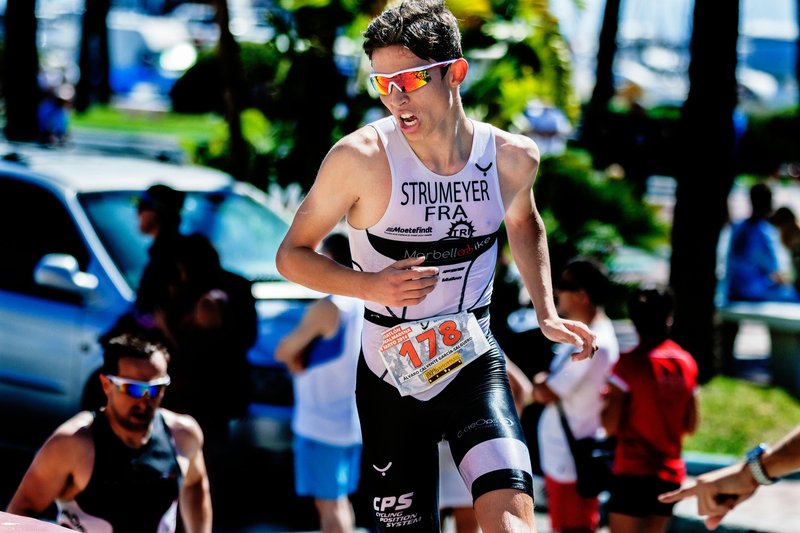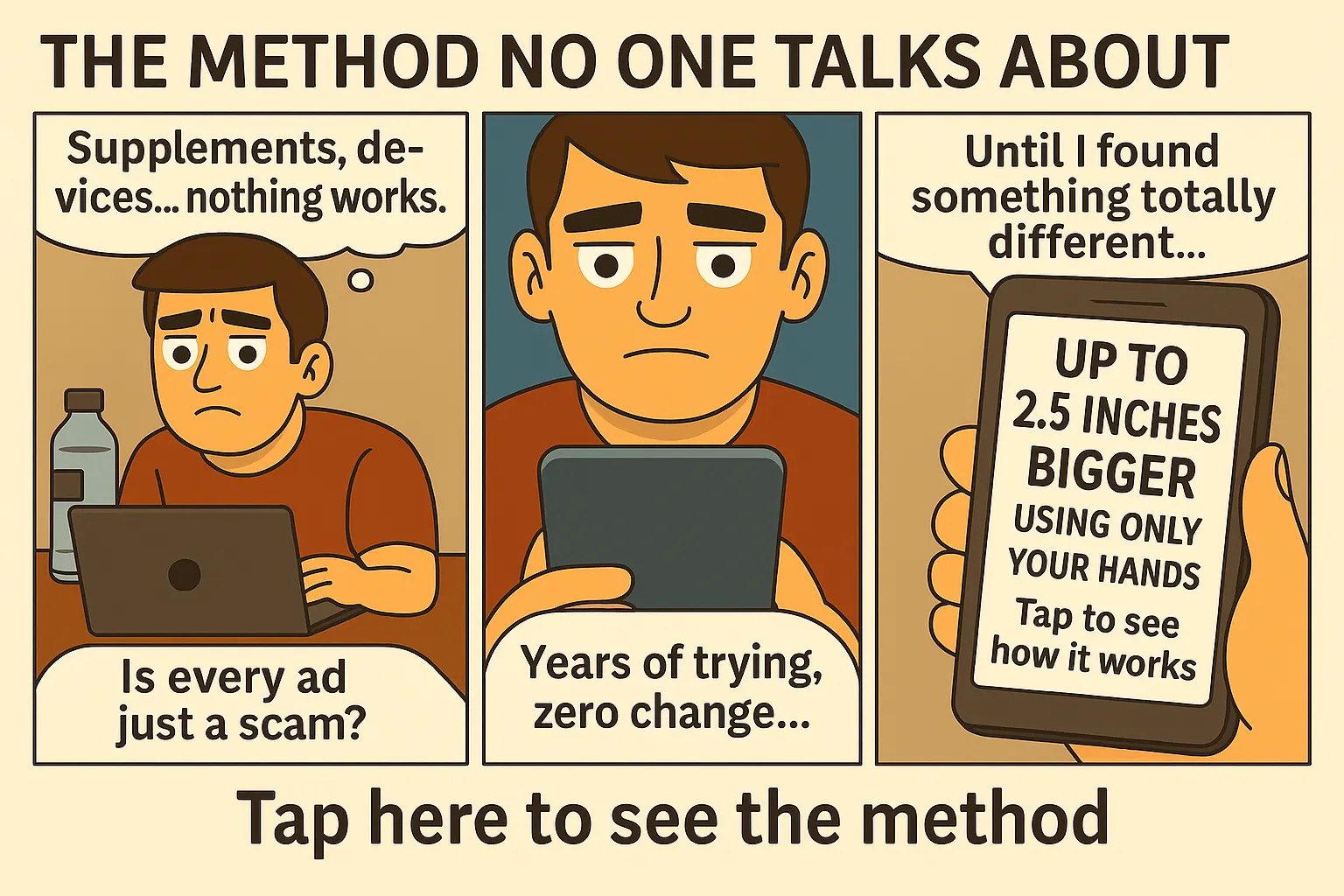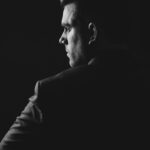Are Your Rides Slowly Killing Your Bedroom Performance?
For fitness enthusiasts and commuters alike, cycling offers countless benefits — from improved cardiovascular health to a lean physique. But there’s a question more men are starting to ask: can cycling reduce erection quality? While it might sound like a myth, there’s real science behind the concern.
Why Cycling Can Affect Erections
The issue lies in how cycling positions your body. Long periods of pressure on the perineum — the area between your scrotum and anus — can compress nerves and restrict blood flow to the penis. Over time, this can lead to numbness, tingling, and yes, even weaker erections.
According to urologists, regular cyclists who ride more than three hours per week without proper adjustments are more likely to report erection issues compared to non-cyclists.
Understanding the Role of Blood Flow
Good erection quality depends entirely on healthy, unrestricted blood flow. When arteries are compressed repeatedly, the tissues responsible for engorgement don’t receive the oxygen and nutrients they need. This results in softer, shorter, or inconsistent erections.
Learn how to improve this naturally with our guide on how often should a man ejaculate for health — a key factor in blood flow and male vitality.
Who’s Most at Risk?
Men who cycle for endurance or competition tend to experience the most significant risk. This includes long-distance cyclists and mountain bikers who spend hours seated with minimal breaks. But even casual riders can be affected if they use the wrong type of saddle or ignore discomfort during rides.
Factors that increase risk:
- Riding more than 3 hours per week
- Using narrow or poorly padded saddles
- Not standing or shifting position frequently
- Ignoring genital numbness or discomfort
Symptoms You Shouldn’t Ignore
If you’re an avid cyclist, watch for early signs that your saddle might be causing damage. Common symptoms include:
- Genital numbness or tingling during or after rides
- Reduced firmness of erections
- Delayed arousal response
- Discomfort in the perineum that lingers after cycling
Ignoring these symptoms can result in long-term erectile dysfunction. But the good news is — it’s preventable and often reversible with proper adjustments.
How to Protect Your Erection While Cycling
Don’t panic — you don’t have to give up your bike. Here’s what experts recommend:
- Switch your saddle: Choose a wider, ergonomic seat with a cut-out to relieve pressure.
- Adjust your angle: Tilt the saddle slightly downward to reduce contact with the perineum.
- Stand up often: Change positions every 10 minutes during longer rides.
- Wear padded shorts: Good cycling gear matters more than you think.
Can Cycling Damage Be Reversed?
In most cases, yes. If caught early, switching equipment and taking a short break from riding can restore normal erection quality. Incorporating pelvic floor exercises, such as Kegels, can also speed up recovery by strengthening blood flow control muscles.
What About Testosterone?
Though cycling doesn’t directly lower testosterone, excessive endurance training can. This form of overtraining signals the body to produce more cortisol, a stress hormone that suppresses testosterone. If your rides are long and intense, and you’re feeling tired or seeing reduced libido, get your hormones checked.
See our guide on what age does testosterone drop in men for deeper insights into hormonal decline and what to do about it.
When It’s Time to Talk to a Doctor
If erection issues persist even after making changes to your bike setup, don’t ignore it. Urologists can perform vascular testing and hormone panels to assess deeper causes. The sooner you act, the more likely you are to recover full function.
Final Thoughts
Cycling is an incredible way to stay fit — but like any sport, it comes with risks. If you’re mindful of your gear, positioning, and how your body feels, you can enjoy all the benefits of riding without compromising your sexual health.
Struggling with erection quality? Explore our complete system to increase size, stamina, and blood flow naturally. Backed by science, trusted by thousands.
How Saddle Design Impacts Sexual Health
The standard bike saddle was never designed with male anatomy in mind. Traditional seats put direct pressure on the pudendal nerve — the main nerve responsible for sensation and function in the penis. When compressed over time, this can affect both sensation and arousal.
Modern saddles with center cutouts or split-nose designs help distribute weight away from sensitive zones. These saddles may look unusual but are recommended by many urologists for preserving sexual health.
Should You Stop Cycling Altogether?
Absolutely not — cycling has tremendous cardiovascular benefits, which in itself supports erection quality. The goal isn’t to give up riding, but to ride smarter. Like any sport, proper technique and equipment make all the difference.
Psychological Effects of Cycling-Related ED
One aspect often overlooked is how cycling-related ED affects mental health. Men who associate riding with sexual problems may develop anxiety, self-doubt, or performance issues. This creates a cycle where fear of dysfunction leads to even more dysfunction.
Regaining confidence is key. Start by addressing the physical causes, then rebuild trust in your body. Check out our article on male confidence with small penis — it offers practical mindset shifts that help regardless of size or performance history.
Can Cycling Contribute to Delayed Ejaculation?
Delayed ejaculation can stem from reduced penile sensitivity — a condition that may result from nerve compression during cycling. If you find it difficult to climax during intercourse but can do so alone, your bike seat may be affecting sensation more than you think.
Read more in our detailed breakdown on how to fix delayed ejaculation naturally.
How Long Does It Take to Recover?
Recovery time depends on the severity of the symptoms. Mild numbness or tingling can resolve within a week of rest and adjustments. More severe issues involving nerve damage might take several weeks — or require physiotherapy and targeted exercises.
During recovery, avoid long rides and focus on circulation-boosting habits like massage, warm baths, and light cardio. Supplements like L-arginine and ginseng may also support nitric oxide production and recovery.
Advanced Tips to Maintain Erections While Cycling
- Invest in a professional bike fitting session to align your posture correctly.
- Alternate between sitting and standing on hills or long straightaways.
- Use anti-friction creams to prevent skin irritation and swelling.
- Practice Kegels to regain control and firmness.
- Limit rides to under 45 minutes if you already experience symptoms.
The Bigger Picture: Cycling as Part of Male Health
When done right, cycling boosts endurance, heart health, and even testosterone levels through physical exertion. But when done without caution, it can slowly chip away at one of your most vital functions. Awareness is your strongest weapon.
Cycling vs. Other Cardio: Which Is Best for Erections?
Running, swimming, and even walking offer excellent cardiovascular benefits without putting pressure on the perineum. If you’re recovering from cycling-related ED, consider switching to one of these activities temporarily. Swimming, in particular, is low-impact and improves circulation without compressing nerves.
That said, no activity should be demonized. With proper saddle choice and posture, cycling can be just as erection-friendly as any other form of exercise.
Timeline for Full Recovery
If you’re experiencing symptoms, here’s what a typical recovery might look like:
- Days 1–3: Stop riding, assess saddle pressure areas, and apply warm compresses.
- Week 1: Start gentle stretching and Kegels, monitor for tingling or numbness improvement.
- Week 2–3: Begin light cardio alternatives (walking, swimming), evaluate sensation return.
- Week 4+: Reintroduce cycling with upgraded saddle and gear. Track erection quality weekly.
Patience and consistency are key. Nerve regeneration is slow, but the majority of men see full recovery when the issue is addressed early.
Final Recap
Can cycling reduce erection quality? Yes — especially when done with improper posture, saddle design, or frequency. However, these risks are easily managed with awareness, the right gear, and early intervention.
Your sexual health doesn’t have to be the price you pay for an active lifestyle. Take control, listen to your body, and make informed adjustments that preserve both your stamina and your confidence.
Still dealing with erection issues or performance anxiety? Start your natural recovery with our proven techniques for stamina, size, and sexual strength.
Expert Q&A: Fast Facts About Cycling and Erections
- Q: Is numbness after cycling normal?
A: Temporary numbness is common, but if it persists, it may signal nerve compression. Adjust your saddle immediately. - Q: Should I avoid cycling completely?
A: No, just make smart changes. Use a proper seat and listen to your body. - Q: Can supplements help with recovery?
A: Yes, L-arginine, ginseng, and zinc are often recommended for supporting blood flow and erectile health.
One Last Thought
You don’t have to sacrifice your sexual health for your passion. With knowledge, adjustments, and the right tools, you can ride strong — and perform even stronger where it counts.
Your performance on the road and in the bedroom both matter. With the right knowledge, you can protect one without ever compromising the other.
Stay aware, stay consistent, and your body will reward you — in and out of the saddle.










